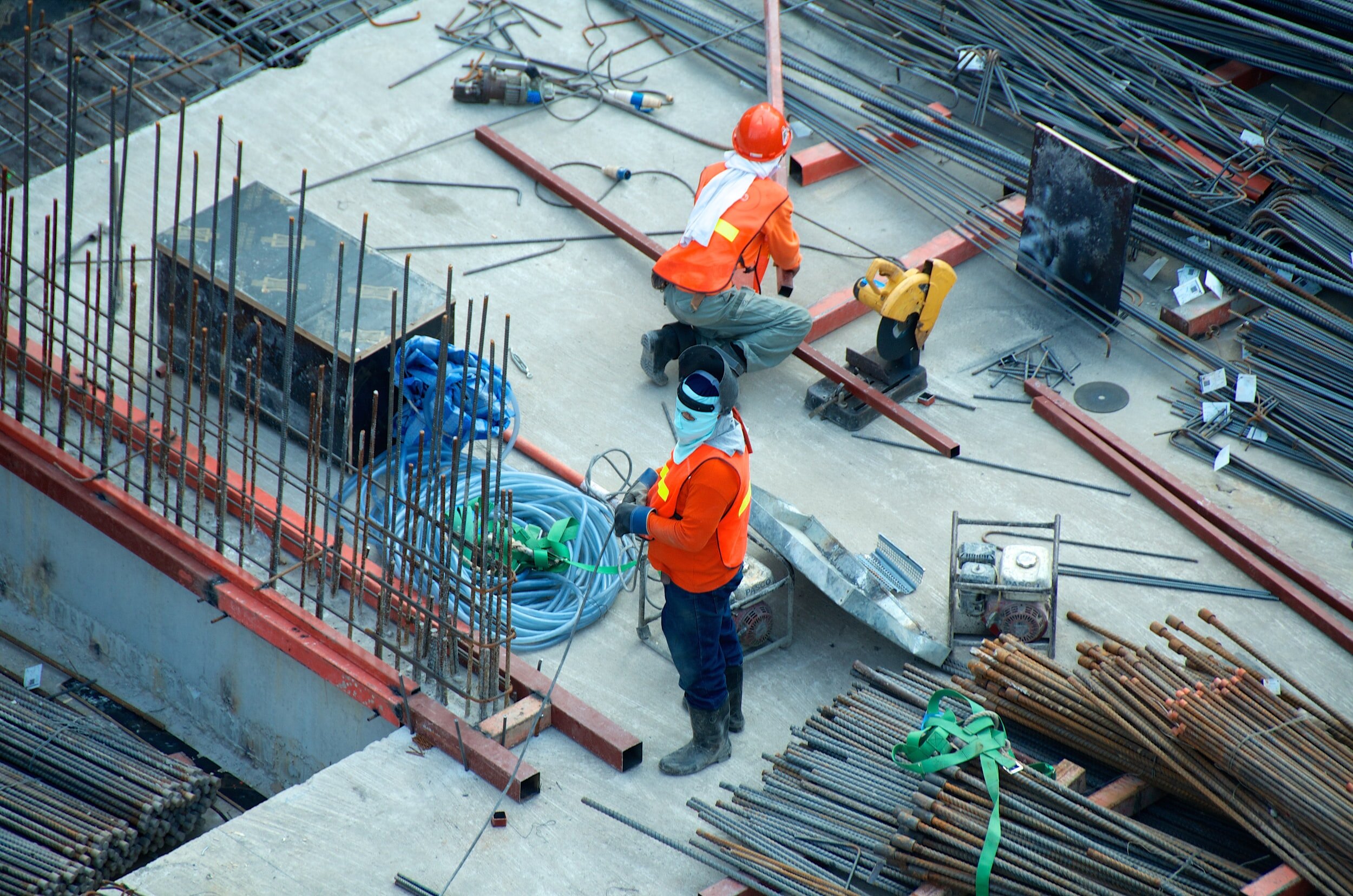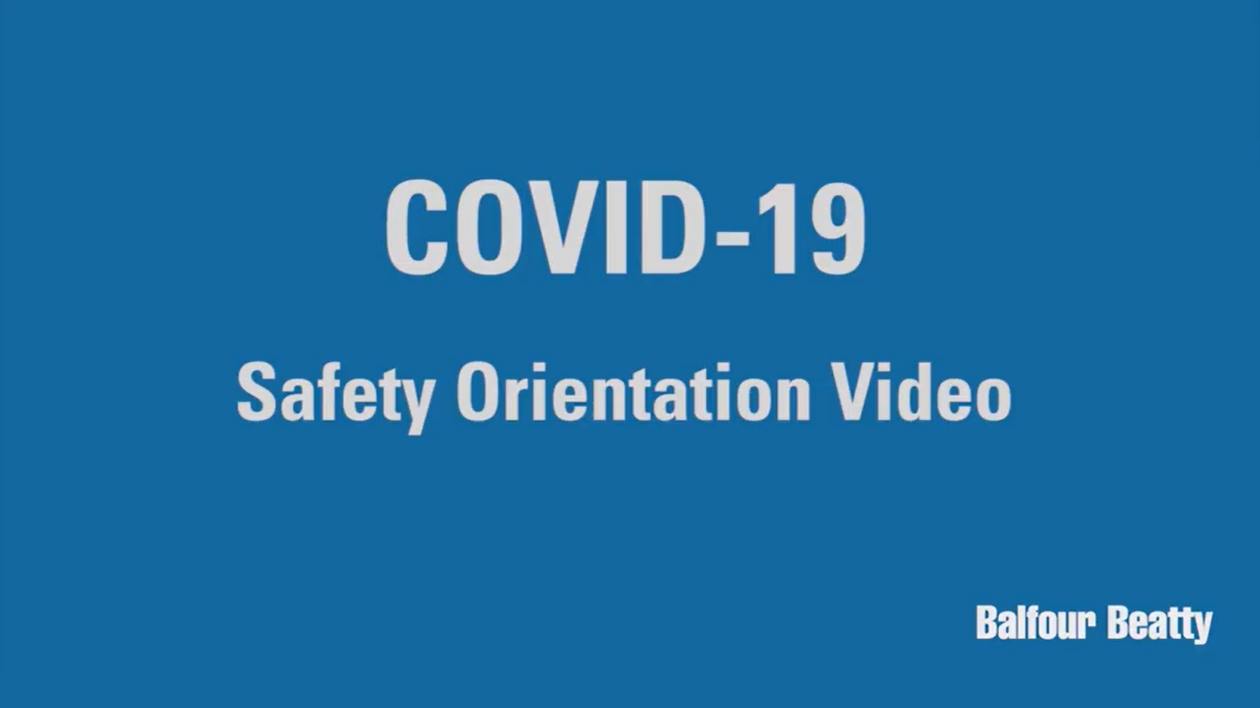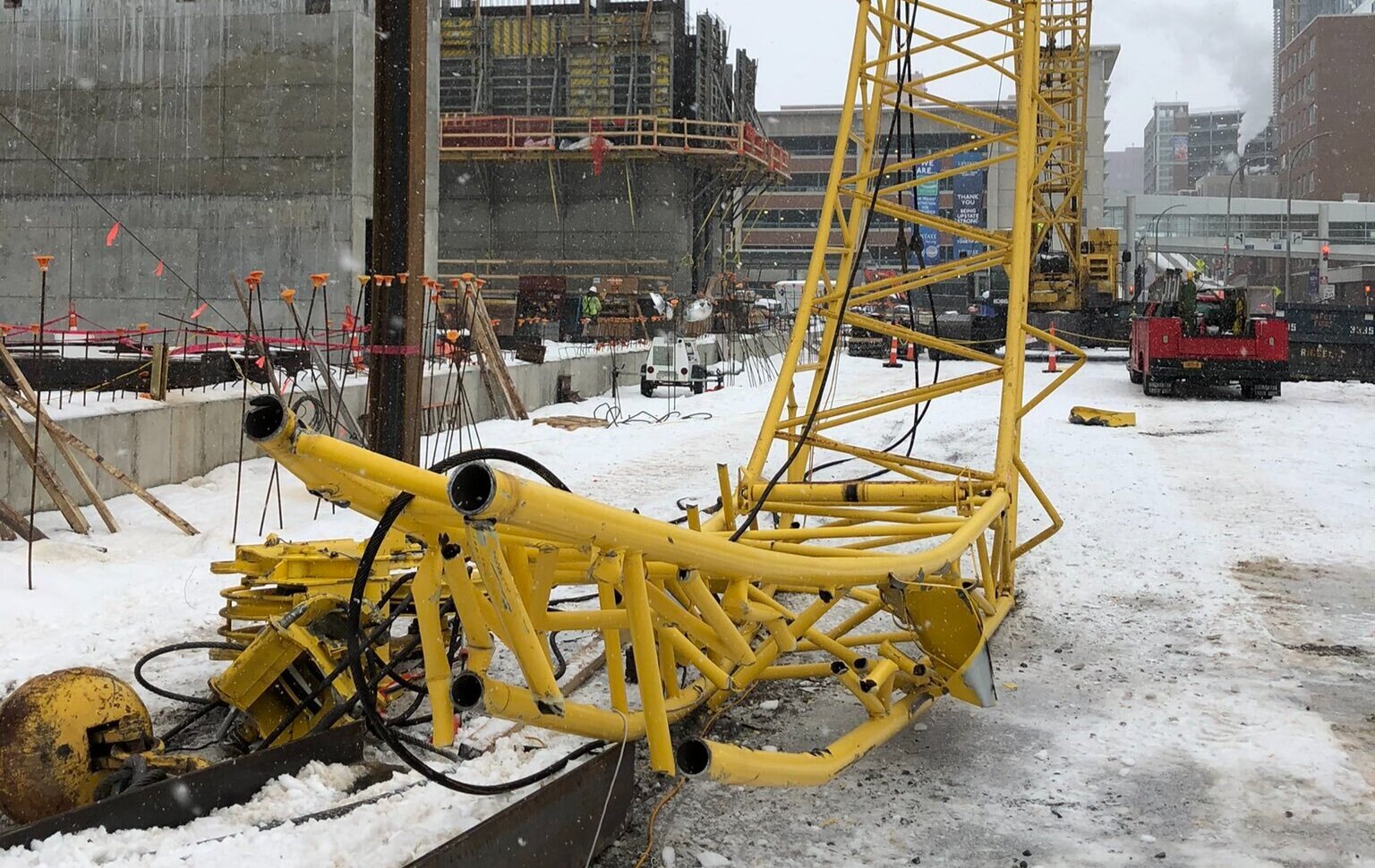Multi-employer worksites are extremely common in the construction industry, but they can still make work extremely complicated. One of those complications results when a subcontractor receives a governmental violation, such as an OSHA violation. As a controlling employer on the site, can a general contractor be held responsible for safety hazards of a subcontractor? One court says yes.
Read moreCan You Be Held Criminally Liable for a Workplace Injury?
Be careful - owners and contractors are now being held criminally liable for their carelessness and disregard of safety protocols.
Read moreOSHA Issues $155K in Fines to Contractor Entangled in Criminal Charges Following Mini Crane Incident
OSHA
Last November, Manhattan District Attorney Cyrus R. Vance Jr. announced felonious assault charges against a contractor’s superintendent and a manufacturer’s branch manager after two men suffered horrific injuries on a New York jobsite. Last week, OSHA formally announced citations against the St. Louis, Missouri based contractor.
Read moreTurner Construction, Bloomberg Execs Charged in $15M Bid Rigging and Commercial Bribery Conspiracy
Manhattan District Attorney Cyrus R Vance Jr strikes again on his hard stance against corruption and safety negligence in the construction industry. A Few weeks ago, he announced assault charges against a superintendent and a manager after 2 construction workers were seriously injured on a jobsite. In 2016, he successfully convicted a construction foreman of criminally negligent homicide and reckless endangerment after a laborer was killed in a trench collapse that he was overseeing. Just last week, Vance announced charges against formers Turner Construction and Bloomberg LP executives in a $15M bid-rigging and commercial bribery conspiracy.
Read moreOSHA is Considering a Change to The Silica Dust Standard
In September of 2017, OSHA’s new standard on exposure to respirable crystalline silica went into effect in the construction industry. The rule lowered the allowable exposure to the harmful substance to 50 micrograms per cubic meter, a measurement that we’re all familiar with [/sarcasm]. After a full year of enforcement, OSHA is considering making a change to the rule.
Read moreOSHA Clarifies Position on Post-Incident Drug Testing and Workplace Safety Incentive Programs
A 2016 OSHA final rule that requires construction companies to submit electronic injury and illness data on a yearly basis has been fraught with controversy since its release. Over the summer, OSHA proposed rollbacks on additional requirements that large companies with 250 or more employees had to follow after industry pushback. Most recently, the administration has clarified their position on post-incident drug testing and workplace incentive programs, which many organizations believed was unclear under the final rule.
In the original final rule, found in 29 C.F.R. § 1904.35, OSHA deemed that certain post-incident drug testing and workplace safety incentive programs could end up being unlawfully retaliatory against their employees. The belief was that, if done the incorrect way, those policies could end up discouraging incidents from being reported due to an employee’s fear of punishment.
Industry groups, including ABC, have long fought against that line of thinking, explaining that, without proper clarification from OSHA, the rule could make jobsites much less safe. On October 11, OSHA issued an official memorandum which explains that the Department does not prohibit workplace safety incentive programs or post-incident drug testing.
Per the memorandum, “The Department believes that many employers who implement safety incentive programs and/or conduct post-incident drug testing do so to promote workplace safety and health. In addition, evidence that the employer consistently enforces legitimate work rules (whether or not an injury or illness is reported) would demonstrate that the employer is serious about creating a culture of safety, not just the appearance of reducing rates. Action taken under a safety incentive program or post-incident drug testing policy would only violate 29 C.F.R. § 1904.35(b)(1)(iv) if the employer took the action to penalize an employee for reporting a work-related injury or illness rather than for the legitimate purpose of promoting workplace safety and health.”
With regards to safety based incentive programs, OSHA states that incentive program rewards for reporting hazards and near misses is always permissible. For incident rate based incentive programs which award a prize or bonus at the end of the time frame, the employer has to create an environment that does not discourage employees from reporting incidents. The Department offered suggestions for counterbalancing any negative effects a rate based incentive could cause:
an incentive program that rewards employees for identifying unsafe conditions in the workplace;
a training program for all employees to reinforce reporting rights and responsibilities and emphasizes the employer’s non-retaliation policy;
a mechanism for accurately evaluating employees’ willingness to report injuries and illnesses.
OSHA also mentions that most instances of drug testing are permissible under 1904.35(b)(1)(iv), including:
Random drug testing.
Drug testing unrelated to the reporting of a work-related injury or illness.
Drug testing under a state workers’ compensation law.
Drug testing under other federal law, such as a U.S. Department of Transportation rule.
Drug testing to evaluate the root cause of a workplace incident that harmed or could have harmed employees. If the employer chooses to use drug testing to investigate the incident, the employer should test all employees whose conduct could have contributed to the incident, not just employees who reported injuries.
Full story: Clarification of OSHA’s Position on Workplace Safety Incentive Programs and Post-Incident Drug Testing Under 29 C.F.R. § 1904.35(b)(1)(iv) | US DOL
Do You Know What These Important Contract Terms Mean?
Three common construction contract provisions—hold harmless, indemnification, and duty to defend—are often found together taking a form something like this:
Read moreFederal Government Announces Plans to Rollback or Revise Several Regulations Affecting Construction
The Trump administration recently released its Spring 2018 Unified Agenda of Regulatory and Deregulatory Actions and, contained within it, is a series of regulations that federal agencies plan to either amend or eliminate.
Read moreOSHA Proposes Rule to Alter, Enforce Long Delayed Crane Operator Qualifications
Last November, OSHA issued a final rule that would finally allow them to enforce language, which has been in their standards since 2010, requiring construction crane operators to be formally qualified to operate the equipment. The first day of enforcement for that rule had been set for November 10, 2018, but the agency has recently proposed a new rule that would pull back some of the initial requirements.
Read moreOSHA Enforcement of New Beryllium Exposure Standard is Now in Effect for Construction Industry
In March, OSHA announced that they would be enforcing their previously delayed beryllium exposure limit for the construction industry on May 11, 2018. The agency has recently confirmed that enforcement date in a memorandum on May 9, 2018.
Read more













Last summer, Hilti announced that they had developed their first exoskeleton designed for construction tradespeople in a partnership with Ottobuck, a prosthetics, orthotics, and exoskeleton provider. Earlier this month, Hilti officially released the exoskeleton, announced more details, and published its retail price on their website.